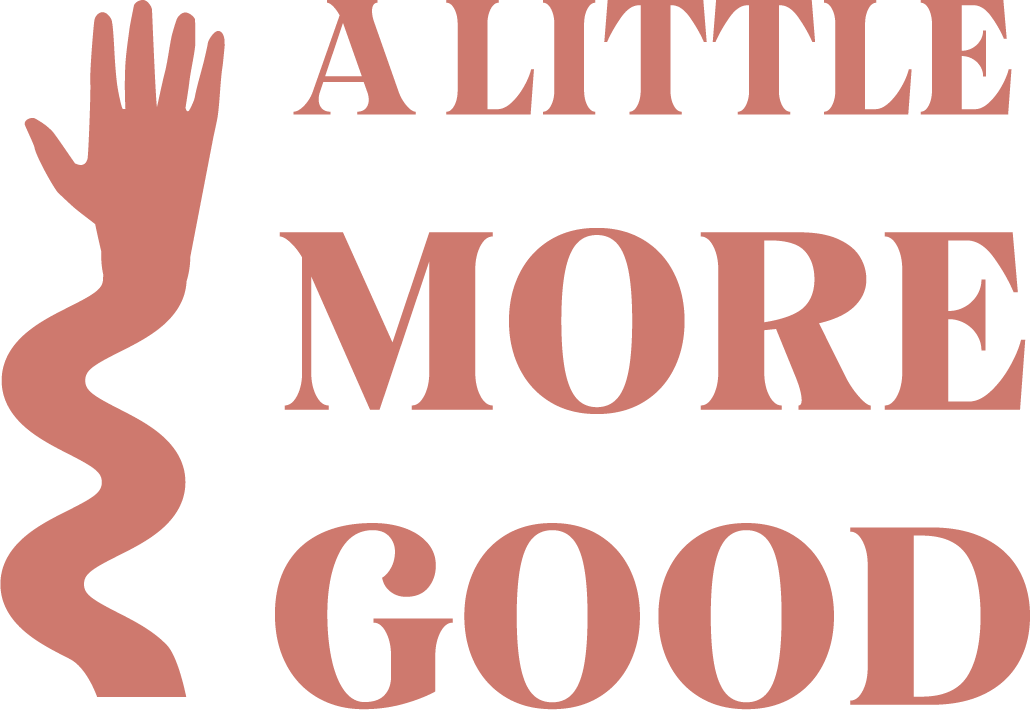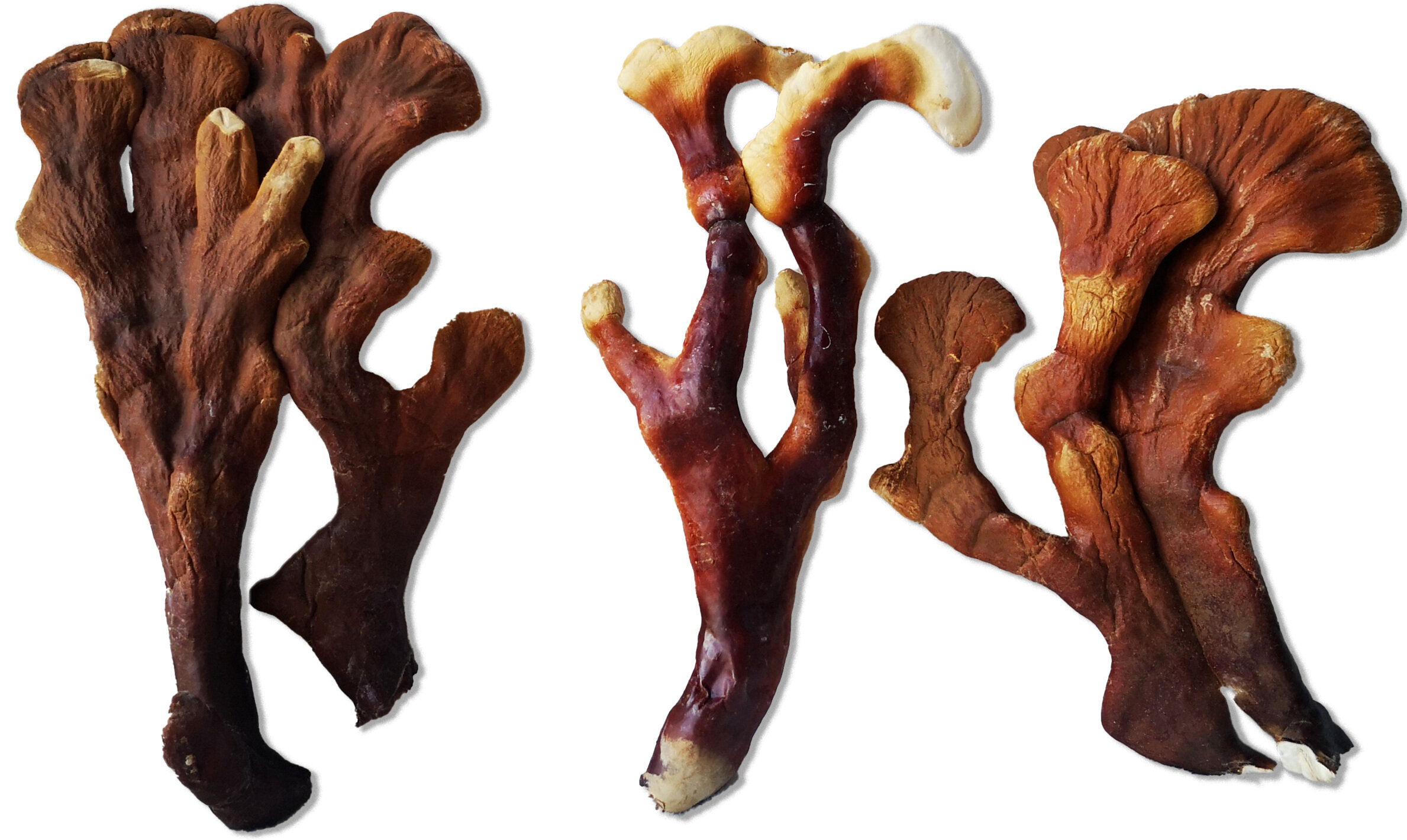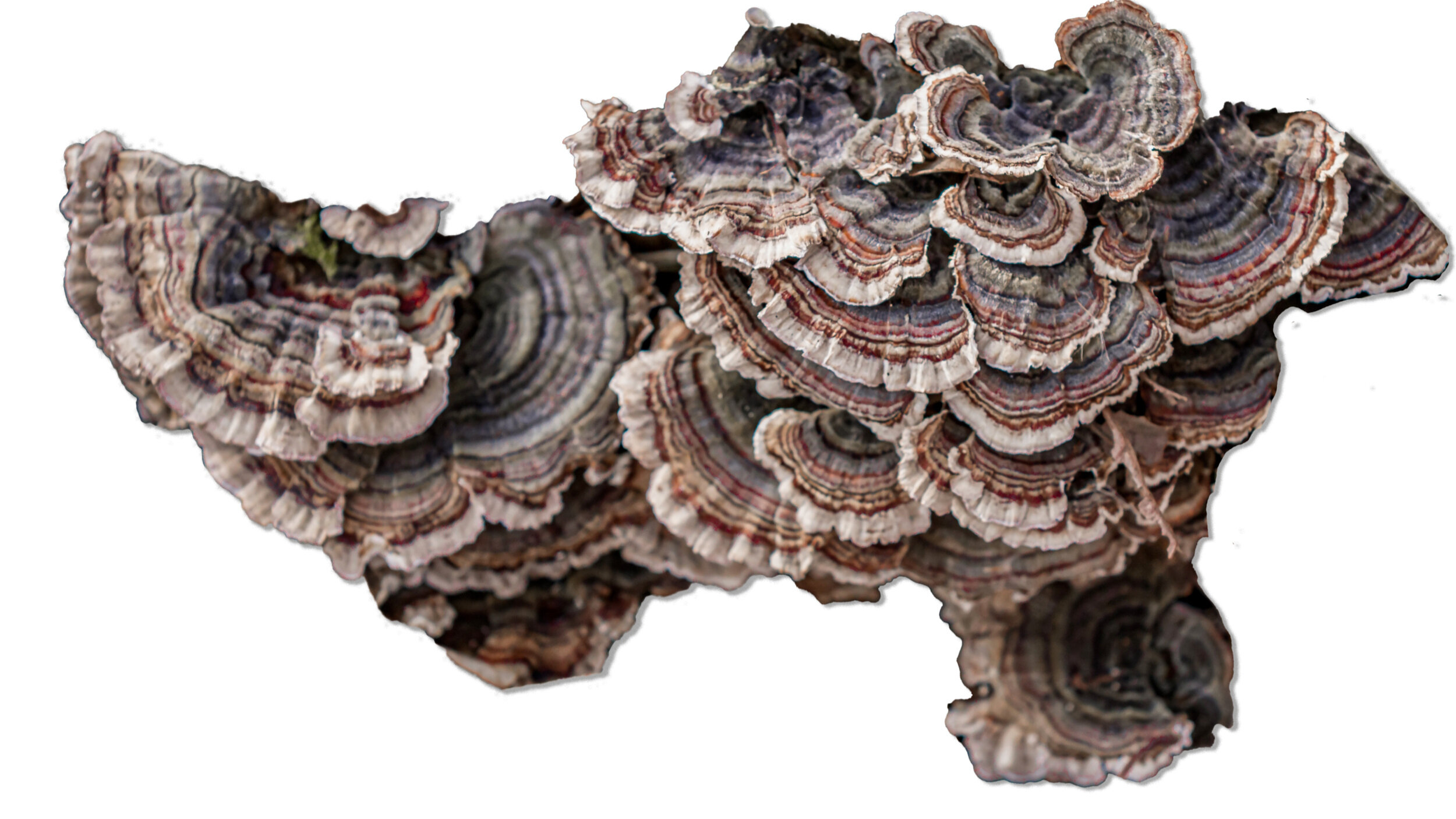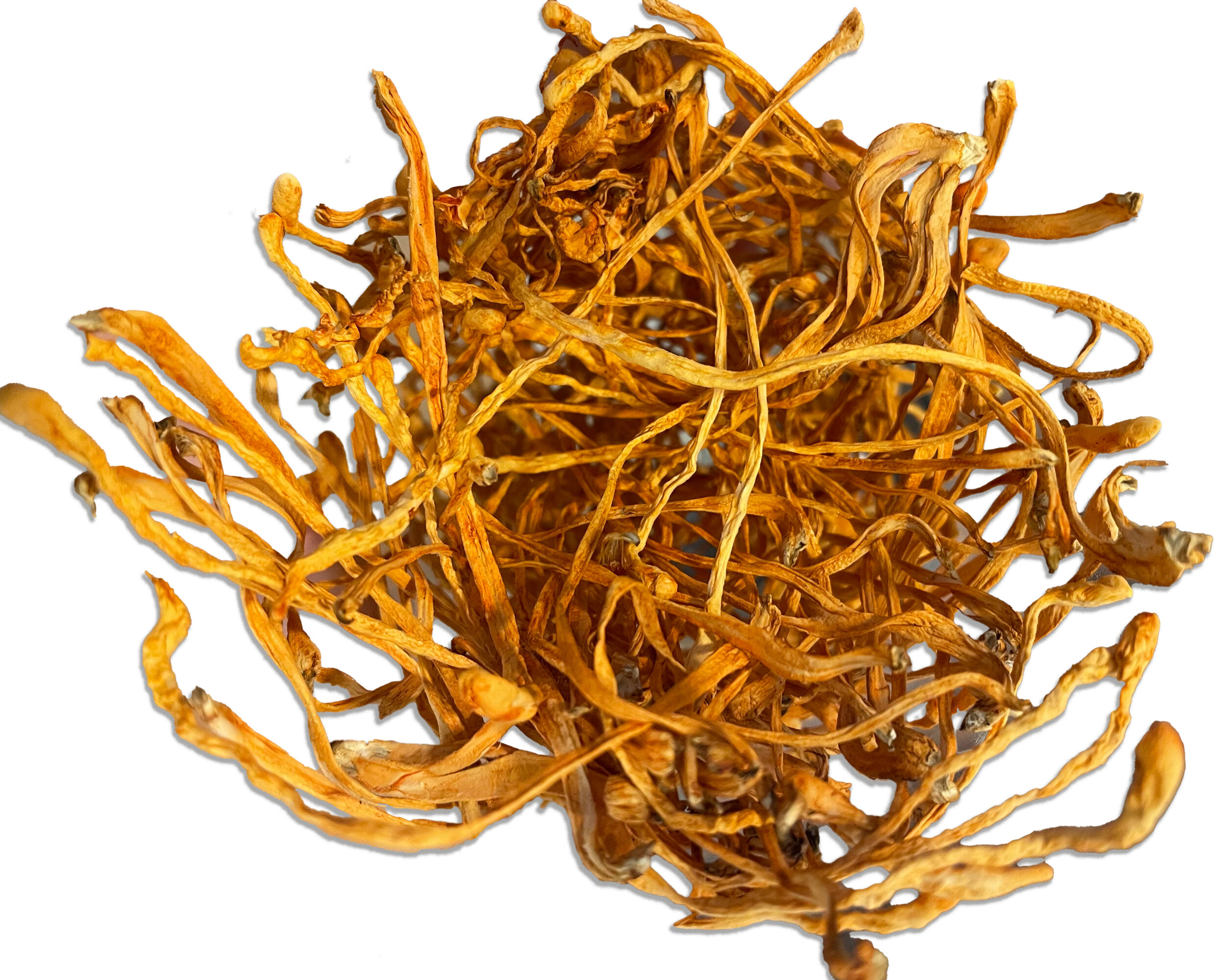A Beginner’s Guide To Medicinal Mushrooms
What’s the deal with mushrooms? Why is everyone taking Lion’s Mane? What kind of mushroom supplement should I be taking? If you have been asking yourself these questions, you’ve come to the right place! This article covers everything you need to know as you begin exploring the wonderful, wacky world of medicinal mushrooms.
The Basics
Mushrooms have been used by our ancestors medicinally since at least 3000 bc. However, only in the last century have researchers begun to seriously characterize their medicinal effects on the human body.
While all medicinal mushrooms act as immunomodulators (ie. immune system support), each mushroom also has its own unique collection of benefits. Research has shown many mushrooms to have antimicrobial, anti-inflammatory, cardiovascular-protective, antidiabetic, hepatoprotective, and anticancer properties.
It’s important to note that not all mushrooms are medicinal. There are over 1.5 million species of fungi on planet earth. However, only 12 different species or so have been seriously studied for their benefits. This doesn’t mean that a culinary mushroom that you’re getting from the market isn’t good for you. Mushrooms themselves are a good source of protein, vitamin D and vitamin B12. However, this article focuses solely on medicinal mushroom supplements.
Mushroom Anatomy
For the next part to make sense, we need to do a little mushroom anatomy course. The ‘fruiting body’ is the actual mushroom that you see growing. Within the fruiting body, the most commonly active ingredient is beta-glucans.
Mycelium is the root-like structure that extends from the fruiting body below the surface. While mushrooms emerge from mycelium and reproduce in a few days, the mycelium they come from can live for decades to hundreds of years.
What should I look for when shopping for medicinal mushrooms?
Not all mushroom supplements are created equal. Here’s a few things to consider when choosing a supplement:
Fruiting body vs mycelium on grain
When people talk about medicinal mushroom supplements, the conversation often includes a debate between supplements that use the mushroom fruiting body vs. those that use mycelium.
We do know that mycelium contains beneficial compounds, some of these compounds that may not be present in the fruiting body. However, in most mycelium based supplements, the fungi is grown on a grain such as oats.
Since you can’t separate the oats out, the entire mass is ground up. This results in a product that is 80% or more starch. For this reason, you should always choose a product that lists ‘fruiting body’ over a product that has grain in the ingredient list.
There are supplements which use 100% pure mycelium. This is achieved by growing the mycelium over 3-6 days in a nutrient rich water (liquid fermentation). However, the large majority of mycelium based products in North America are grown on grain.
Tincture? Dual extracted? Powder?
In such an unregulated industry, there are a lot of words being thrown around. For the most part, when you’re looking for medicinal mushrooms you’ll be choosing between a tincture or a powder.
A tincture is made by grinding dry mushrooms and extracting the compounds with a high-proof alcohol. Most tinctures are dual extracted which means that they go through water extraction as well. If you are avoiding alcohol, there are also alcohol-free tinctures on the market.
A powder is usually made by making a tea with high pressure hot water extraction, followed by an alcohol extraction. The liquid is concentrated and dried into a powder.
Mushrooms cannot and should not be dried and then powdered directly for consumption unless they are heat activated. They must go through some type of extraction process in order to reach the beneficial compounds.
So which one is better?
Each product has its own pros and cons that are worthy of another article. At the end of the day, you should choose the supplement that you are most likely to take on a regular basis - as medicinal mushrooms work best when taken over a long period of time.
Personally, I didn’t enjoy using a powder as I like to combine my supplements with my morning coffee and found they didn’t dissolve completely. If you are more likely to consume them within a smoothie, a powder may work best for you.
5 Medicinal Mushrooms to try
Reishi
Reishi (Ganoderma Lucidum), also known as Lingzhi in Chinese Natural Medicine, is often called the "mushroom of immortality", revered for over 2,000 years. It is one of the most well studied and has shown anticancer activity through immunomodulation. As a potent adaptogen, it helps the body manage stress and promotes a regular sleep cycle.
Dosage: 1,000mg (1.0 grams) to 9,000mg (9 grams) per day.
Lions Mane
Lions Mane (Hericium erinaceus) is primarily known for its effects on the brain and nervous system. It’s often referred to as the “smart mushroom” for its ability to improve clarity and focus. Lion's Mane has also been shown to treat anxiety and depression.
Dosage: 1,000mg (1.0 grams) to 5,000mg (5.0 grams)
Chaga
Chaga (Inonotus obliquus) is similar to Reishi in its ability to modulate the immune system and decrease inflammation. It is packed with antioxidants and has shown anti-cancer properties. Studies have shown that triterpenes (found in both Chaga and Reishi) cause tumor cells to self-destruct while leaving healthy cells unharmed.
Dosage: 1,000mg (1.0 grams)
Turkey Tail
Turkey Tail (Trametes Versicolor) is another powerful mushroom for immune system support and prevention/treatment of cancer. It is the source of PSK or “Krestin” which is an approved and well-used anti-cancer drug in Asia. Turkey Tail also seems to support gut health by acting as a prebiotic and promoting beneficial bacteria.
Dosage: 500mg (0.5 grams)
Cordyceps
If you are an athlete, Cordyceps is the mushroom for you. It is well known for its ability to increase the production of adenosine triphosphate (ATP) which powers our cells. One study, with three weeks of supplementation, showed significant improvement in maximal oxygen uptake, with potential improvements in ventilatory threshold and time to exhaustion.
Dosage: 1,000mg (1.0 gram)
Citations
https://www.ncbi.nlm.nih.gov/pmc/articles/PMC4684114/
https://www.dl.begellhouse.com/journals/708ae68d64b17c52,6e4704733753dd6e,182d07795f453cd2.html
https://www.mdpi.com/1420-3049/26/2/251
https://www.dl.begellhouse.com/journals/708ae68d64b17c52,106de03537ad1f8b,0e5b540f7bca3fc1.html
https://onlinelibrary.wiley.com/doi/10.1002/ptr.2634
Hawksworth, D.L. Mushrooms: The extent of the unexplored potential. Int. J. Med. Mushrooms. 2001, 3, 1–5. [CrossRef]
4. Wasser, S.P. Medicinal mushroom science: Current perspectives, advances, evidences, and challenges. Biomed. J. 2014, 37, 345–356. [CrossRef]
Wasser, S.P. Medicinal mushrooms in human clinical studies. Part I. Anticancer, oncoimmunological, and immunomodulatory activities: A review. Int. J. Med. Mushrooms 2017, 19, 279–317
Written by Stephanie Dacre, founder of Van Mush Co.






